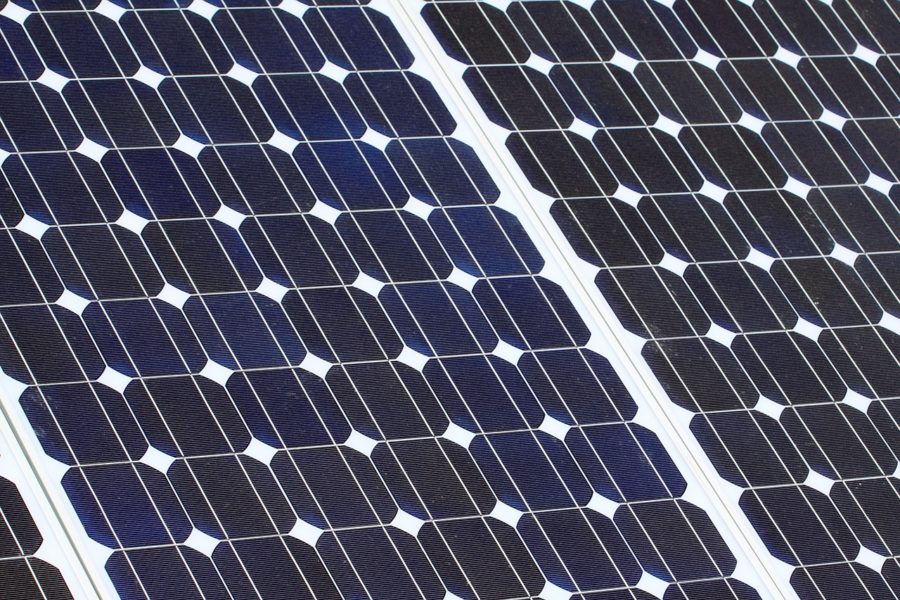Since my iceberg of excuses for not having solar couldn’t stand up to the light of day, and since I know there’s a lot going on, solar-wise, I’m really excited about exploring options for solarizing my roof. But where do I start, and what happens next?
Here are three simple questions—and some answers—from my own solar journey that might help you in yours.
How do the finances work?
Money isn’t the only thing driving people to solar photovoltaics (PV), but financial issues are an important starting point for many of us. Quotes are likely to be a whole lot lower than they would have been just a few years ago. But the purchase prices still won’t necessarily be negligible.

What I’m aiming for. While the geekier ones among us might have other technical questions, there might be more basic ones, like: If I don’t look good in blue or black, can I have green or purple panels?
A key choice I’ll have to make is who will own the solar panels—me or the solar company (or a bank). There are a range of options:
- Leases and PPAs – Last year 72% of rooftop solar installations involved leases or power purchase agreements. Leases are just what they sound like. PPAs involve a third party owning the system and charging you pre-set rates for the solar electricity from your roof.
- System loans – A range of public and private entities, from credit unions to government agencies, provide or support loans for homeowner purchases of PV systems—maybe even via your property taxes.
- Cash or self financing – Cash is tough for most of us, but if a home equity line of credit is an option, it may have lower interest rates and tax benefits than some other options.
And then there are the abundant incentives for solar. A federal tax credit will give back 30% of the purchase price, my state offers another $1,000 tax credit, and my local utility has rebates. Plus I might be able to sell the solar-ness of my system to utilities that are required to buy solar credits (known as SRECs).
Put those all together, and I could be looking at something that costs only half the original price tag (and may involve $0 down)—and covers half or even all of my electricity needs. In my case, I might even find something that would look attractive even to someone who doesn’t care about all the other benefits solar provides.

Handy devices can tell you how much sun you’ll have over the course of the year. Sure beats using a compass, a protractor, and a slide rule. Photo: J. Rogers
Who do I call?
To get to the price tag, I’ve got to figure out what I’m buying, and from whom. So an early decision in my quest was what solar companies to reach out to. Big, small? National, local? Seasoned, or young and hungry?
The web can help. But for me, word of mouth seemed like a good way to go. Given what a hotbed of solar Massachusetts is (my home state), various friends had had good experiences with various companies, and I chose three.
I followed up with information about my situation:
- Where I live, so they could Google Earth it for a rough check of the potential (you can also do a rough check yourself)
- What I’m looking for—how much of my electricity I want to get from solar, for example
- How much electricity I use; I sent a copy of a recent bill, which included a year’s worth of data

Seeing what’s possible. Solar sales associate and his handy-dandy sun-measurer-on-a-stick. Photo: J. Rogers
After the initial contacts have come site visits, and more detailed solar readings. With the solar data and other info, the companies can figure out what might be possible.
What am I buying?
Then there’s the question of the what, for which the two most important pieces are the panels and the inverters.
PV panels. The building block of a rooftop solar system is the PV panel/module, the amazing rectangle that takes in sunshine and spits out electricity. Put panels on my roof, and—presto!—I’m powering my house with the sun.
What module I choose will depend on a few different factors. Almost any panel will come with a 25-year warranty. But cost—initial, and over time—can differ; energy from two modules with the same nameplate capacity (how many watts there supposedly are) could differ by 5-10% from the get-go.
How efficient a given panel model is—how much of the incoming sunlight it turns into electricity—also varies greatly, and will be another consideration, particularly if (as in my case), viable roof space is limited.
Inverters. I’ll also need to make decisions about the boxes that magically turn the PV modules’ DC power into the AC I use to run my house. Here I’ve got a lot more options than I used to:
- A central inverter is the simplest approach.
- Microinverters on the back of each panel might add cost, but help the system perform better if some of the modules get shaded by trees or other obstruction.
- Optimizers paired with a central inverter have some of the same advantages of each of the other options.
So, now what?
Now I’m coordinating site visits and beginning the process of evaluating bids. And things are looking bright. The initial feedback from companies has been positive, and I’m thinking that I just might be able to make this solar thing happen on my roof.
That iceberg of excuses just keeps melting away.

